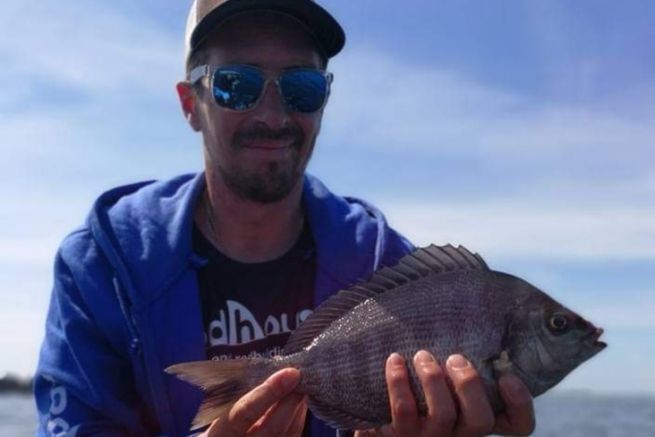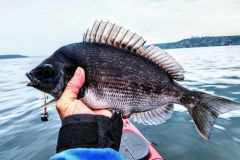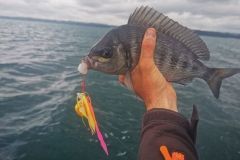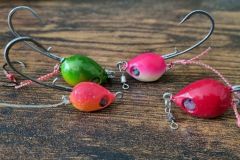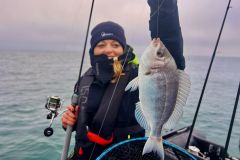Fun to fish and not requiring expensive equipment, the sea bream is the ideal fish for beginners or for introducing children to fishing. Once you've located the shoal, you'll be able to get plenty of bites.
Some anglers have literally specialized in fishing for sparids, preparing their baits in advance by adding amino acids. This is not the case here: the technique presented is the simplest there is, and anyone can perfect it to their heart's content.
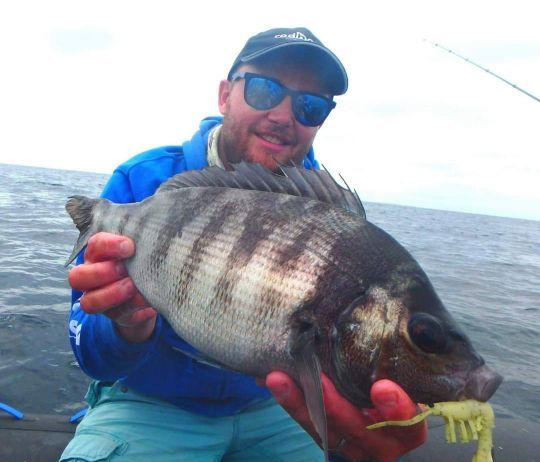
A species with a strong presence on the English Channel and Atlantic coasts
Gilthead bream, also known as griset, belongs to the sparidae family, which includes its cousin, the gilthead bream, recognizable by its golden eyebrow, and the pike-perch, to name but a few.
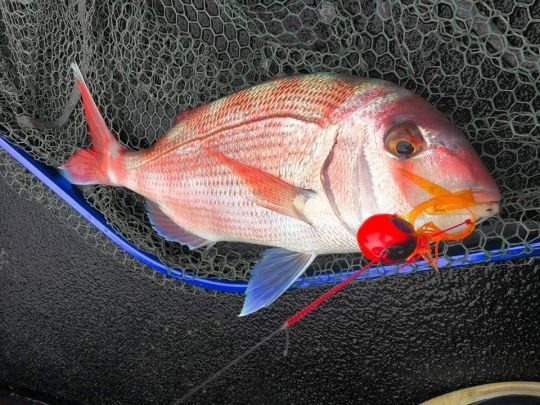
In the English Channel and Atlantic, sea bream generally live in sandy areas ranging from 10 to 30 metres and feed on sand worms, crustaceans and a few molluscs. The strength of its jaws means that anglers must pay particular attention to the quality of the hooks used, otherwise it will be difficult to hook it properly.
Bream, and sparids in general, don't make a clean strike. They will return several times to taste the bait before finally taking it into their mouths.
Its legal size is 23 centimetres. The finest specimens can reach 40 centimetres.
The fight with this fish is very characteristic. It lies on its side and gives a few significant head blows.
Its biotope
Given its diet, it's best to prospect sandy areas close to rocks or oyster or shellfish farms. Brest harbour for example, is a great place to look for this species. What's more, the natural shelter provided by the harbour allows me to take the whole family out and introduce them to this type of fishing, while taking advantage of sea conditions that are often milder than offshore.
To give you the best chance of success, use charts like the one below, C-MAP Reveal, with high-definition seabeds, to determine the nature of the seabed at a glance.
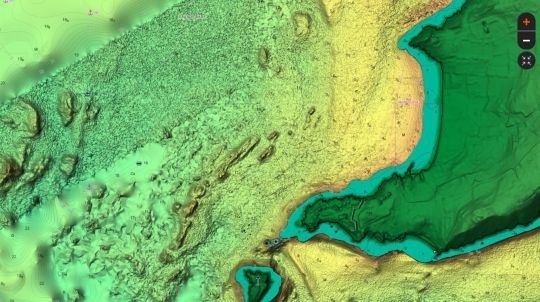
Why target this fish for starters?
Initiating young anglers by targeting sea bream will almost certainly result in bites and avoid demotivating beginners. What's more, this bait-fishing technique, which we'll be developing later, can be used to catch many species other than bream.
As explained above, bream don't take the bait in one go, they take it several times and the difficulty for the angler will be to find the right moment to strike. This difficulty is an excellent apprenticeship for fishing in general.
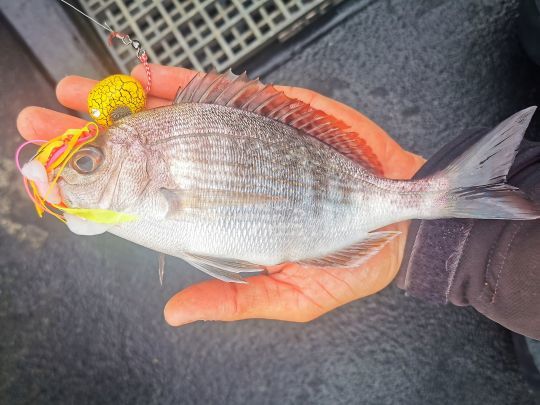

 /
/ 